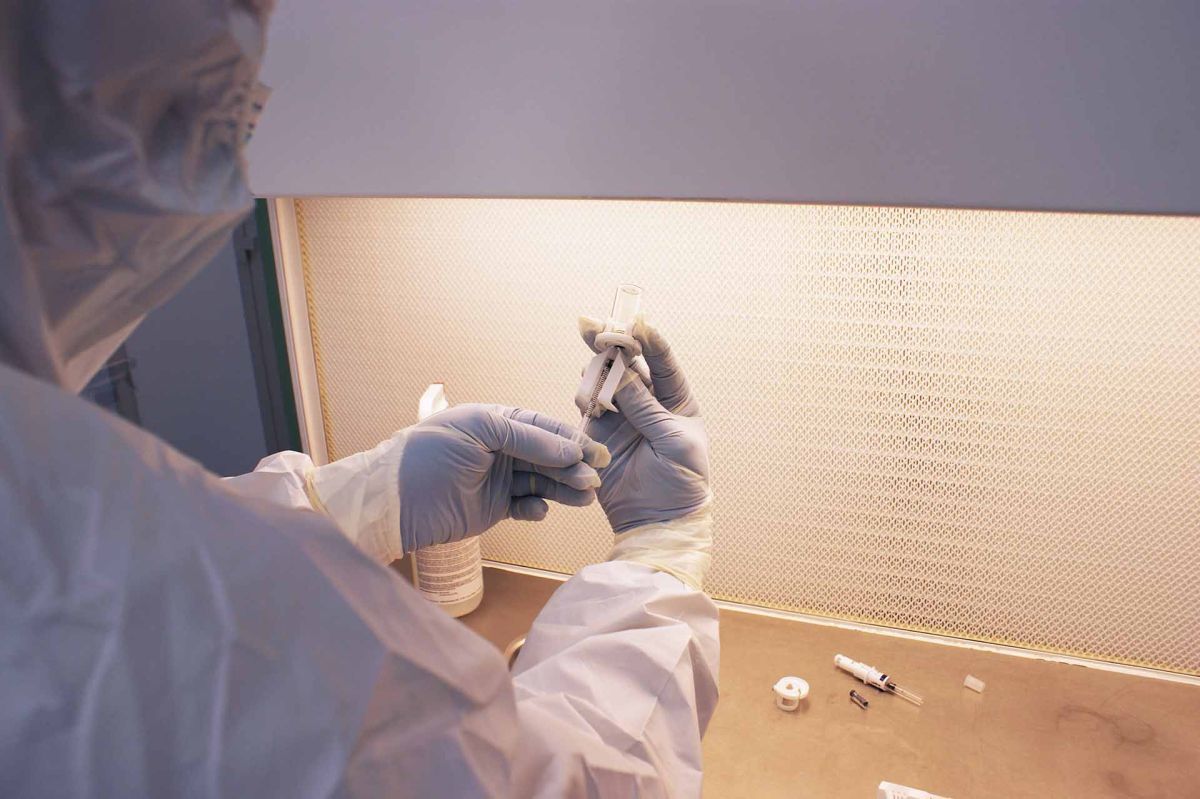
A Sheffield design and additive manufacturing business is using its innovative system to help the pharmaceutical industry to save valuable time in its production process.
Addition Design, based at the Advanced Manufacturing Park Technology Centre in Sheffield, has made significant inroads in the pharmaceutical industry working with companies with a global reach.
The equipment that Addition Design supplies parts for is involved in the manufacture of pharmaceutical products which have the capability to improve people’s health. But when these complex machines fail or wear, it reduces the accessibility of these, in some cases, lifesaving drugs.
Tom Fripp, director at Addition Design said: “Sadly, the pharmaceutical industry is well aware of the knock-on impact of having machines out of action for weeks on end as they wait for replacement parts.
“Like any high-volume product, the way to keep costs down is to automate production, and there are vast numbers of machines which have high throughput of medicine at various points in their packing – be it bottles, blisters, foils, pouches, vials or syringes, primary or secondary packaging. But when important parts like guides, wheels, star wheels and change parts break or wear it can mean very expensive downtime whilst parts are supplied from OEM’s or third part suppliers.
“One solution is to hold stock of critical parts, but they can be expensive and take up significant space. Our process utilises virtual stockholding – where we store all the virtual data needed to produce these critical parts on demand using the latest in additive manufacturing technology in like-for like materials. This reduces downtime from months to days, saving 10s of thousands of pounds, as well as allowing our customers to optimise physical storage space needed on-site and reduce cash tied up in physical inventory.
“Our in-house additive manufacturing systems deliver- world class components in durable engineering grade materials and our ISO 9001 quality management system ensures that our quality remains consistent, that all components are fully traceable for those who have demanding material requirements.
“Consumers who need vital medications simply cannot be kept waiting and using our cutting-edge digital design approach we are able to help companies to reduce machinery down time.”
By producing components to get these machines up and running again quickly, Addition Design is helping to reduce the costs and risk associated with producing low and high-volume pharmaceuticals and help keep them flowing to where they are needed in the most efficient way.
“When manufacturers realise the benefits that we can offer, they find that they can increase the flexibility of their offerings from standard pack formats to one off formats which push the boundaries of what is possible. This can open up the possibilities for packing and supply of pharmaceuticals to consumers leading to new ways of delivery and availability.
“We believe that there are huge benefits to be found in the digitisation of change parts and format parts. From the ability to build in improvements to their design based on the expertise found in the engineering team to making use of real time monitoring and self-ordering of on demand parts, when you put the speed and reliability of industrial 3D printing together with the need to minimise downtime on complex equipment there are almost endless possibilities,” added Tom.
Traditionally 3D printing has struggled to work in the pharmaceutical industry, Addition Design worked hard to understand why this was and how they could tackle the problems.
“I have been working with 3D printing for 20 years and have lost count of how many products, devices and components I have designed and supplied in that time as well as how many 3D print systems I have developed or modified. But the areas that always stick out for me are those where the beneficiaries of the technology are people.
“We’re proud to have established ourselves as a trusted, responsive, and sustainable supplier with a number of businesses in this sector and are looking forward to developing our work thanks to our recent investment in a new 3D composite printer that will further improve the quality of change parts and format parts that we are able to produce.
“3D printing is uniquely placed to produce products to support a market of anywhere between one and a million and that means that not only it is supremely flexible in what kind of problems it can solve, it can match the demands of a market looking to supply people with unique issues at the same time as common issues. Making specialist parts and common parts at the same time is something that both the pharmaceutical industry and 3D printing industry share, so once the traditional barriers associated with 3D print in pharmaceutical have been overcome, it’s a perfect match,” concluded Tom.
Addition Design offer innovative design solutions to solve complex engineering problems or help to develop customers concept into a prototype and on to manufactured components all supplied under an ISO9001 quality management system.
